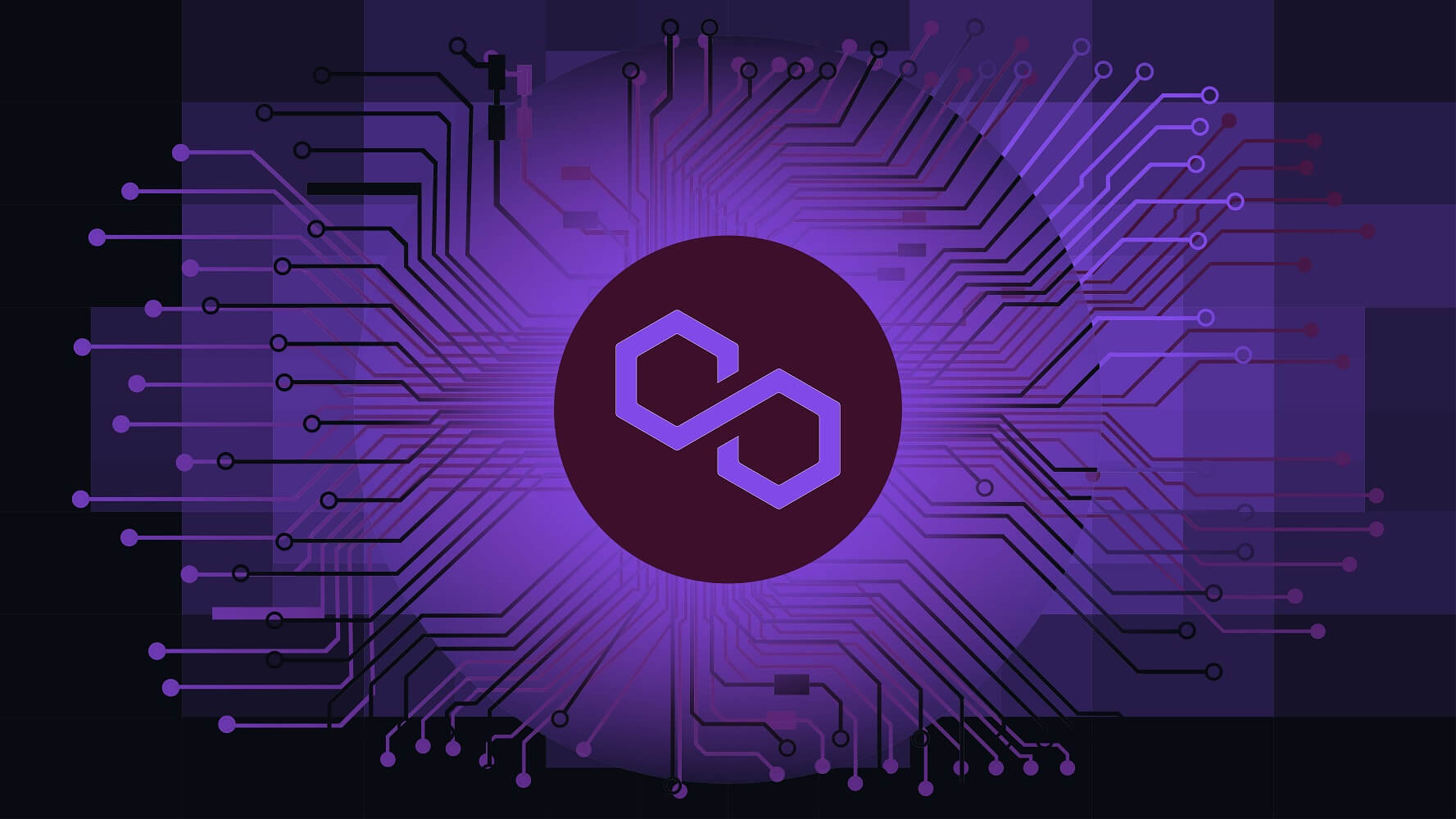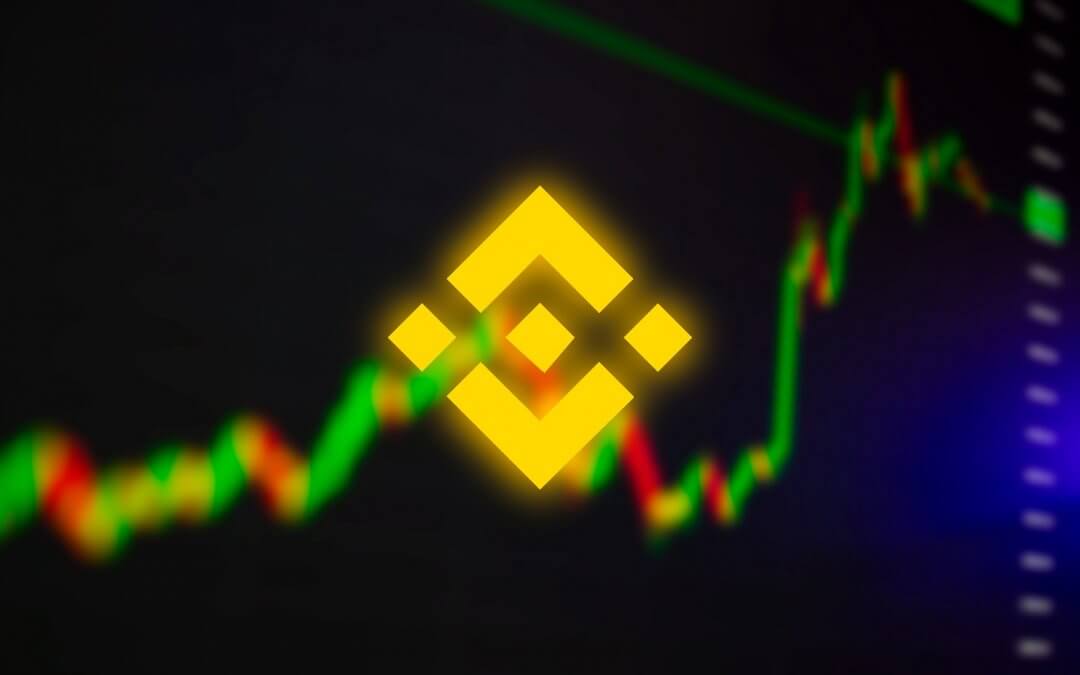Proof-of-Stake (PoS) validation is an essential part of the development of next-generation blockchain projects. In this article, we will look at the top 7 coins and tokens available for staking and examine how you can benefit from them.
Proof of Stake is an advanced consensus model that allows for the forging of new coins or tokens through a ‘staking’ process. When you want to stake a certain amount of crypto, you are essentially allowing the network’s validator nodes to lock up your assets to process transactions on the blockchain.
For the time being, you earn transaction fees and block rewards as a form of payment for providing this service. Instead of relying on Hash power like in Proof-of-Work (better known as ‘mining’), PoS allows you to get returns based on the number of coins or tokens that you have staked on the blockchain. Staking does not require you to run a validator node (you can lend your assets to a validator) and takes up a lot less computational power than mining.
Currently, there are three major platforms on which staking is enabled for users – Binance, KuCoin, and Coinbase. These exchanges allow customers to directly put up their crypto for staking while passively earning a proportionate reward. Down below, we have listed some of the best staking coins and tokens that you can find on the market.
1. Tezos (XTZ)

Tezos is one of the most advanced staking blockchain networks. It uses a specific Liquid PoS protocol (LPoS), which allows users to delegate their token validation to other holders without losing ownership of their assets. Staking XTZ provides you with complete liquidity, meaning that you can freely move your tokens at any time to the validator who will offer you the best returns.
The current ROI for staking XTZ is around 5-7% annually (depending on the volatility of the market and the choice of validators).
2. Cosmos (ATOM)

Cosmos is a next-generation protocol that is designed to help new startups create their own blockchain services. While DeFi technology is still evolving, it is expected that there will be a perpetual need for collaboration and interoperability between different blockchains. This means that staking Cosmos’ native token ATOM can prove quite worthy in the long term.
Just like Tezos, the solution allows you to delegate your tokens to validators and receive rewards respective to your investment. According to Ledger, the current annual yield on Cosmos is between 8-10% (depending on the market’s volatility) minus the validator’s fees.
3. Polkadot

Polkadot is one of the fastest-growing PoS networks globally. As Ethereum’s top competitor, the solution is built to integrate new custom blockchains and ensure interoperability between them easily. The platform’s latest version allows stakers to take part in its governance while ensuring that validators can secure multiple blockchains at once. Users, who want to stake their DOT tokens, can nominate a validator and receive around 10% annual yield on their investment (minus the validator’s commission).
The network uses a secure Ledger hardware wallet for holding your coins and gives you access to a list of several validators. Setting up a validator node on Polkadot requires a minimum of $40 million worth of DOT, which narrows the number of staking options, but increases security.
We should also note that Polkadot developers have recently launched Kusama, a solution for sustaining parachains used to deploy generic assets, fungible tokens, stablecoins, CBDCs, and NFTs. Kusama’s native token, KSM, can be staked by nominating 16 separate validators, with ROI currently estimated at 10 to 15% annually.
4. Polygon (Matic)

As the most popular layer-2 scaling solution for the Ethereum network, Polygon currently holds over $3 billion in some of the most innovative dApps (including Decentraland and AAVE.). Staking its native token, MATIC, currently provides an average of 15% ROI annually. Users can do that by delegating their tokens to one of the 100 validators operating on the platform.
When staking MATIC, it is advisable to choose your validator carefully, as there can often occur penalties for the misbehaving nodes (which can significantly lower your profits).
5. Terra (Luna)

Terra is a cryptocurrency solution, which specializes in creating stablecoins backed by a cryptocurrency. What separates Terra from other networks is that it allows users to swap stablecoins for its native token LUNA in a pre-set proportion. This regulates the price of stablecoins and significantly reduces volatility.
The implementation and usage of LUNA are essential for maintaining sustainability in the network, which has made the token a very favorable option for stakers. Currently, staking rewards are set at 12% annually, with returns depending mainly on the commission of the validator that you have chosen.
6. Binance (BNB)

As the world-leading cryptocurrency exchange, Binance’s ecosystem is highly reliant on the functionalities of its PoS network. Binance Coin, or BNB, is the native token of Binance, which could be staked on the platform for a pre-set period of time (15, 30, 60, or 90 days). Customers, who decide to delegate their BNB coins, can receive up to 30% APY (the catch here is that staking rewards can vary, depending on the amount of transaction fees).
One of the benefits of staking BNB is that you get access to your funds only seven days after you have unstaked your assets. Another great feature is that if a validator receives a penalty, delegated coins are not affected by it. BNB delegation can be executed through Binance’s Chain Wallet.
7. ETH 2.0

The Ethereum network is the unprecedented leader in DeFi technology and blockchain integration. While Ethereum still operates through a Proof-of-Work consensus protocol, the upcoming update of the solution will use a next-generation PoS model for validating. The developers have started working on this project nearly five years ago and have stated that they should be ready with it by the end of 2022.
After launching the Beacon Chain last winter, the staking volumes on the network have surpassed 10 billion dollars. The average annual return of staking ETH on the 2.0 blockchain is estimated at around 7.5%, which could go up to 20% if you decide to lock your assets for a year or more. Although Ethereum 2.0 is not officially launched yet, Binance allows you to participate in its staking through the BETH – a tokenized version of staked ETH. Those who hold it are entitled to the staking rewards that Binance’s ETH 2.0 staking node earns.
Nothing on this website should be perceived as financial, investment or trading advice. We urge you to do your own research prior to investing and we highly recommend that you consult a certified financial advisor.
Tell us what topic you’d like
Us to cover!
Our objective is to make the world of crypto more comprehensive to everyone out there






0 Comments